Visit to download the full and correct content document: https://textbookfull.com/product/my-pals-are-here-maths-workbook-2a-unknown/

More products digital (pdf, epub, mobi) instant download maybe you interests ...

My Pals are Here Maths Workbook 1A Dr Fong Ho Kheong
https://textbookfull.com/product/my-pals-are-here-mathsworkbook-1a-dr-fong-ho-kheong/

My Pals are Here Maths Workbook 1B Dr Fong Ho Kheong
https://textbookfull.com/product/my-pals-are-here-mathsworkbook-1b-dr-fong-ho-kheong/

All the Demons Are Here 7th Edition Jake Tapper
https://textbookfull.com/product/all-the-demons-are-here-7thedition-jake-tapper/

We are all Mad Here 1st Edition Shanna Germain
https://textbookfull.com/product/we-are-all-mad-here-1st-editionshanna-germain/

Oswaal Class 10 CBSE 2020 21 Maths standard 1st Edition Oswaal
https://textbookfull.com/product/oswaalclass-10-cbse-2020-21-maths-standard-1st-edition-oswaal/

Primary Mathematics Textbook 2A Jennifer Hoerst
https://textbookfull.com/product/primary-mathematicstextbook-2a-jennifer-hoerst/

Who We Are and How We Got Here: Ancient DNA and the new science of the human past David Reich
https://textbookfull.com/product/who-we-are-and-how-we-got-hereancient-dna-and-the-new-science-of-the-human-past-david-reich/

Eduseeker 1st Edition Unknown
https://textbookfull.com/product/eduseeker-1st-edition-unknown/

Here Lives a Corpse (Here Lies #1) 1st Edition C.L. Matthews [Matthews
https://textbookfull.com/product/here-lives-a-corpse-herelies-1-1st-edition-c-l-matthews-matthews/




























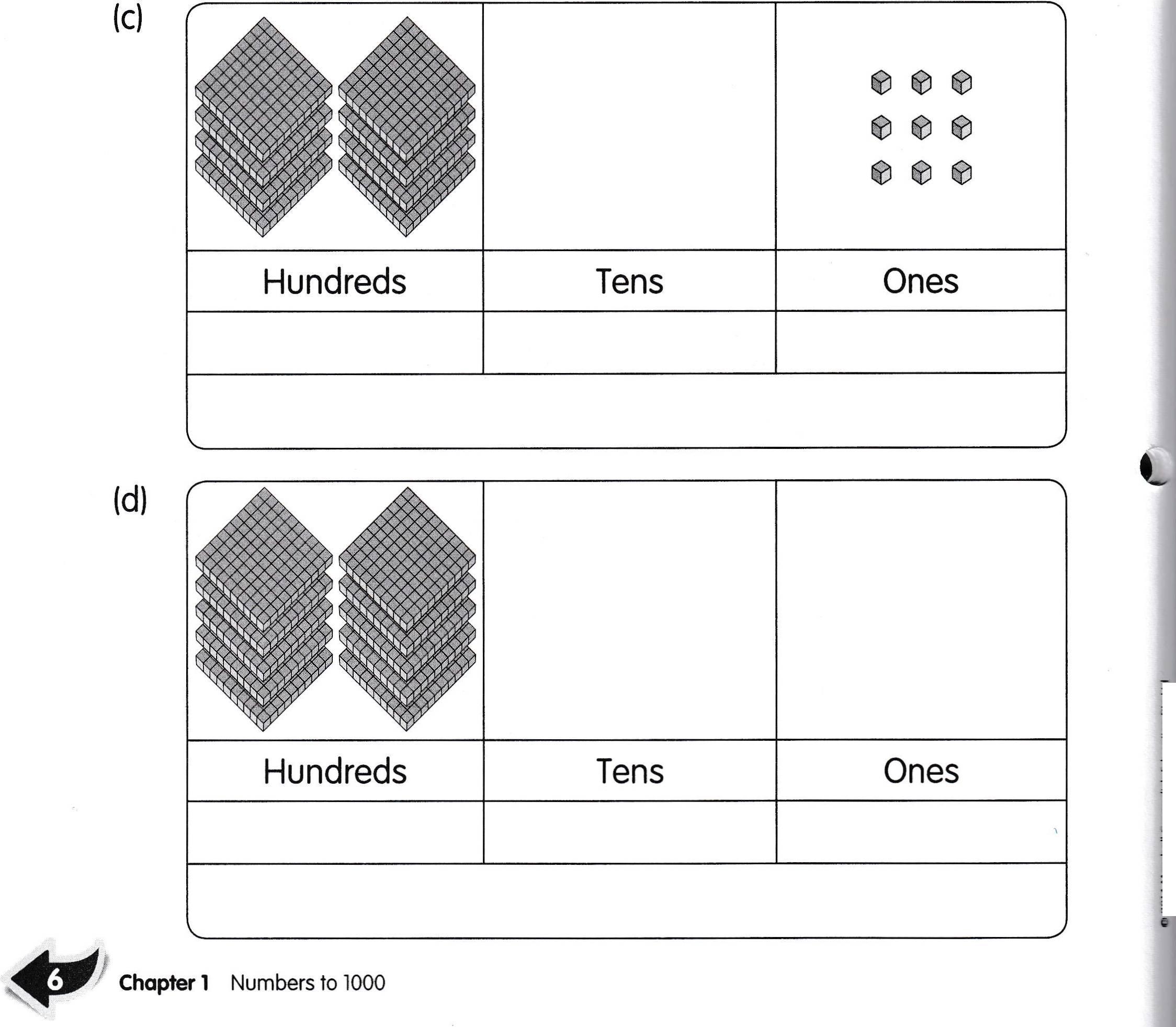






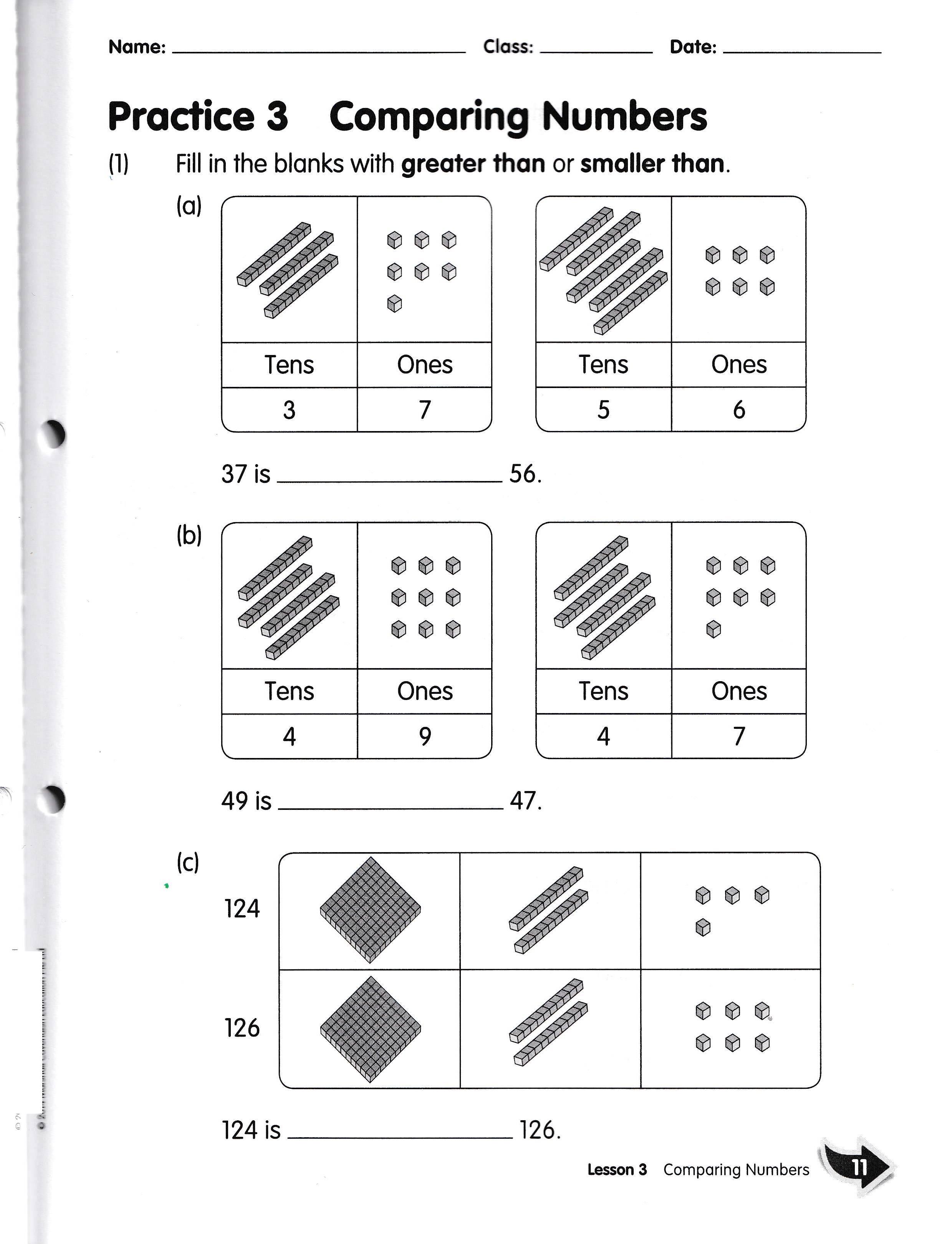











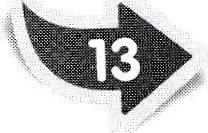














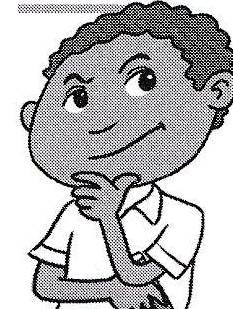





















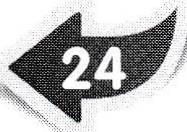


Another random document with no related content on Scribd:

CHINA.
AS has been already mentioned, the invention of Playing-cards has been claimed at many places; each writer setting forth the pretensions of his own country to this honour to the best of his ability, and each one with seemingly good authority for his statements.
It is certain that the Chinese point in triumph to the longest pedigree for their game, and they quote extensively from their own authors as proof of this fact; and until some European well versed in their language can dispute this claim, it may be as well to allow it.
Mr. Chatto says that cards appear to have been known from an early period in China. There is a Chinese dictionary, entitled “Ching-tszetung,” compiled by Eul-Kowng, and first published �. �. 1678; which says that the cards now known in China as Teen-tsze-pae, or “dotted cards,” were invented in the reign of Leun-ho, 1120, and that they began to be common in the reign of Kaow-tsung, who ascended the throne in 1131. According to tradition, they were devised for the amusement of Leun-ho’s wives.
The general name for cards in China is Che-pae, or “paper-tickets.” At first they were called Ya-pae, or “bone-tickets,” from the material of which they were made. Several varieties of cards seem to be in use in China. One pack that is described by Mr Chatto is said to be composed of thirty-two cards covered with small circular dots of red and black, with court cards of one man and one woman. The cards most commonly used are called Tseen-wan-che-pae (a thousand times ten thousand cards). There are thirty in a pack, divided into three suits of nine cards each, and three single cards, which are superior to all others. The name of one of the suits is Kew-ko-wan; that is, “The nine ten thousands” (or “myriads of Kwan,” which are strings of beads, shells, or money). The name of the other suit is Kew-ko-ping (nine units of cakes); and that of the third, Kew-ko-so (nine units of chains). The names of the three single cards are Tseen-wan (a thousand times ten thousand), Heeng-hwa (the red flower), and Pi-hwa (the white flower). One of their games of cards bears the same name as the Chinese game of Chess, Kew-ma-paon; and it contains pictures of chariots, horses, and guns.
The Chinese name for a card considered singly or as one of the parts of a pack is Shen, or “Fan,”—a most evident reference to the manner of holding cards spread open like a fan, which is common to all nations.
The shape and size of the Chinese card are peculiar. They are printed in black on a thin cardboard. The backs are sometimes bright crimson and sometimes black or yellow, and they are the shape and size of a finger Some of them are little more than half an inch broad by three inches long, and others are an inch wide by three and a half long. The pips and court cards are always printed in black on a white background, and on the face of some of them are stamped Chinese characters printed in red. In some packs the cards have animals, such as horses and deer, represented upon them; while in others characters which may mean the names only of the animals are written above the pips. The cards are rounded at the top and bottom, and at the upper end a small portion is left blank, as if to hold them conveniently and allow of their being spread or “fanned” out, showing the whole of the pictured surface, the blank space being held under the thumb and fingers. Strangely enough, this blank space being at the top instead of at the bottom of the card, it would seem that they should be held by the top and spread out in exactly the reverse way customary among Europeans. The tiny cards are so narrow and so small that they might well be held concealed by the palm of the hand, which could effectually cover them and prevent the shape of the pips being seen through the thin cardboard or the number of the cards being counted by the opponent.
The Chinese have another name for their cards, and this is Wat-pi; but it seems to be the name given to different games, as they also call queer-looking tablets on which round dots are placed in regular order and which resemble our dominos, by the same name.
Mr. Singer gives an account of some Chinese cards an inch and a half long and a little more than two inches broad. Each suit consists of nine cards with black backs. They are printed with Chinese characters, and not with emblems like those in other packs.
Some authors state that cards are played by the lower orders only, and that people of distinction play at Chess; and that among the
Chinese it is considered undignified to play cards, and many of them pretend they have no idea of their use or the meaning or value of the characters on them.
It is also asserted that a game analogous to the old one of Tarots has been found in China, which contains seventy-seven tablets.
There is a tradition that a Venetian carried cards from China to his native city, which was the first place in Europe where they were known. This traveller was probably Niccolo Polo, who with his brother Matteo returned from China about 1269; or it may have been the celebrated Marco Polo, son of the above Niccolo, who accompanied his father and uncle on their second voyage to that great empire.
EGYPT.
An attempt has been made to prove that a kind of card was in use among the Egyptians in the seventh century before our present era; but this has been hotly disputed if not disproved. That there were games which were known to the early Egyptians has been shown by the inscriptions on their monuments, and the representations of figures playing jack-stones or knuckle-bones and dice. Some kind of game resembling Chess may also have been played, but upon this subject authorities do not agree.
INDIA.
If India was not the birthplace of Cards, as it probably was of Chess, it is certain that they were known in that country at a very early date; and beautiful specimens of ancient as well as modern packs are prized in many European collections.
A pack of Hindoo cards is fully described in Mr. Singer’s book, and many of them are handsomely reproduced. They are painted on ivory, the backs are gilded, and they number the same as the Tarot cards. This pack contains seven suits, which are Suns, Moons, Crowns, Cushions, Harps, Letters, and Swords Of each of these suits there are ten numeral and two court cards, which appear to represent a
Sovereign and a General. Besides these there are twelve cards apparently of no suit, on which are groups of figures, some male and some female.
Mr. Chatto describes several packs of Hindostanee cards, among others some owned by the Royal Asiatic Society and preserved in their Museum. One of these packs consists of ten and others of eight suits. “In each suit, when complete, the number of cards is twelve; that is, two coat cards, or honours, and ten others whose numerical value is expressed by the number of marks upon them. The cards of all the packs are circular; the diameter of the largest is two and three quarter inches, and of the smallest about two and an eighth inches.” The material of which they are formed is supposed to be canvas, and indeed it is expressly stated in a memorandum that accompanies them that such is the case, but they appear to be made of thin veneers of wood. One of these packs formerly belonged to Capt. D. Cromline Smith, to whom they were presented about 1815 by a high-caste Brahmin, who considered them a great curiosity, and supposed that they were a thousand years old. These cards resemble a pack now owned by Mr. de Forest that he bought in Cashmere within a few years, and that have been reproduced for this work. The Brahmin’s pack, says Mr. Chatto, “consists of eight suits, each suit containing two honours and ten common cards,—in all ninety-six cards. In all the suits the King is mounted on an elephant, and in six the Vizir, or second honour, is on horseback; but in the blue suit, the emblem or mark of which is a red spot with a yellow centre, he rides a tiger; and in the white suit, the mark of which appears like a grotesque or fiendish head, he is mounted on a bull. The backs of all the cards are green. The following are the colours of the ground on which the figures are painted in the several suits, together with the different marks by which the suits and the respective value of the common cards were also distinguished:
COLOURS. MARKS.
1. F���. Something like a pineapple in a shallow cup.
2 B���� A red spot with a white centre
3 B���� A “tulwar,” or sword
4. W����. A grotesque kind of head.
5. G����. Something like a parasol without a handle, and with two broken ribs
sticking through the top
6 B��� A red spot with a yellow centre
7. R��. A parallelogram with dots on it as if to represent writing.
8. Y�����. An oval.”
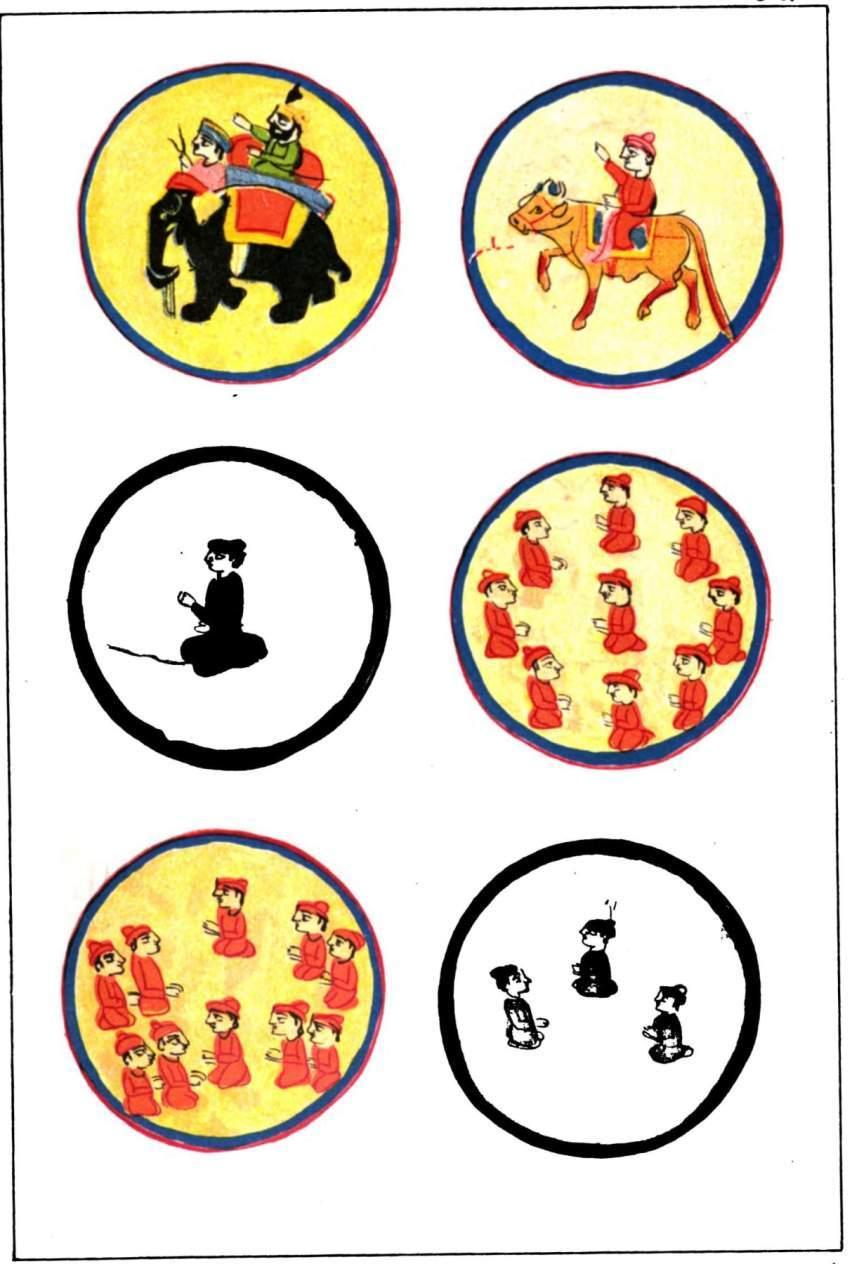
Plate 5.
Mr. Chatto mentions other packs with red backs, one of them containing ten suits, and all seemingly distinguished more by the coloured background than the emblem of the suit, which is sometimes entirely omitted, particularly in the court cards. The games to be played are complicated and difficult to understand, although one of them is said to resemble l’Ombre, the favourite game in Spain. The tradition regarding the origin of Hindostanee cards, as given by Mr. Chatto, is “that they were invented by a favourite Sultana or Queen to wean her husband from a bad habit he had acquired of pulling or eradicating his beard.” The game of cards is not mentioned in the Arabian Nights, remarks Mr. Chatto, “and from this silence it may be concluded that at the time when those tales were compiled card-playing was not a popular pastime in Arabia. The compilation of these tales, it is believed, is not earlier than about the end of the fifteenth century, although some of them are of a much higher antiquity.”
CASHMERE.
The cards from Cashmere, which belong to Mr. de Forest and are reproduced for this work, differ but slightly from those described by Mr. Chatto. The Cashmere cards are circular in shape, as well as the Hindostanee, and are of about the same size, being two inches in diameter. The emblems on the Cashmere cards differ considerably from those described by Mr. Chatto, and only the court or figure cards bear a general resemblance to those that formerly belonged to Capt. D. Cromline Smith.
The Cashmere cards seem to be made of thin slices of wood, overlaid with a composition of some sort, and so thickly covered with paint and varnish that the original material is entirely concealed. This pack contains thirty-six cards of three suits; namely, ten pip and two court cards in each suit. A large purple flower on a red ground, placed within circles of yellow, ornaments the backs, which are probably intended to be precisely the same; but to an experienced gamester there would be no difficulty in distinguishing one card from another, even with the face of it concealed, as the design, though uniform, differs slightly on each card.
The three suits are not only marked by the emblems of pips, but, like the Hindostanee cards, the backgrounds are vividly painted in some uniform colour upon which the design is displayed, and this colour marks the suits distinctly even when the emblem is omitted, which in some cases is done either by design or accident. The white suit is headed by a King mounted on an elephant, and a Vizir on a bull. There are no emblems on these two cards by which to distinguish the suit. The ten pip cards show tiny figures of men clothed in loosely fitting red garments and wearing red turbans on their heads. These figures are represented kneeling, with their hands clasped in the attitude of prayer. They are dotted over the surface of the cards and grouped as the corresponding pips are in the other suits, and generally face each other, except in number eight, in which all the figures look the same way and to the left side. Another suit is distinguished by a dark-blue ground, on which small yellow disks, surrounded by circles of red, are painted. This suit may correspond with a “moon” suit mentioned by Mr Chatto among the Hindostanee cards, and it is also noticeable as it closely resembles the “money” used as an emblem on Italian and Spanish cards. The court cards of this suit show a man mounted on a tiger and bearing the distinctive emblem uplifted in his right hand. The position of this man is closely copied on the Spanish cards, although in them he is represented on horseback. The second honour shows two tigers seated on a cross-legged bench gazing over their shoulders at two attendants, who wave what appear to be staves or fans. Between these tigers is a large “moon-face,” which seems to mark the suit. If this be the case, it would point to the origin of the money emblem. The pips on the rest of the suit are carelessly executed circles, and the features, which would show it to be intended for the moon, are omitted. The outline of this mark may have been followed on the cards that were first introduced into Europe, and may readily have become changed during the lapse of years. The “moon” mark on the Hindostanee cards has gradually extended both East and West, one that closely resembles it being found on the Chinese cards, and partly followed on the wooden cubes of the Alaska Indians.
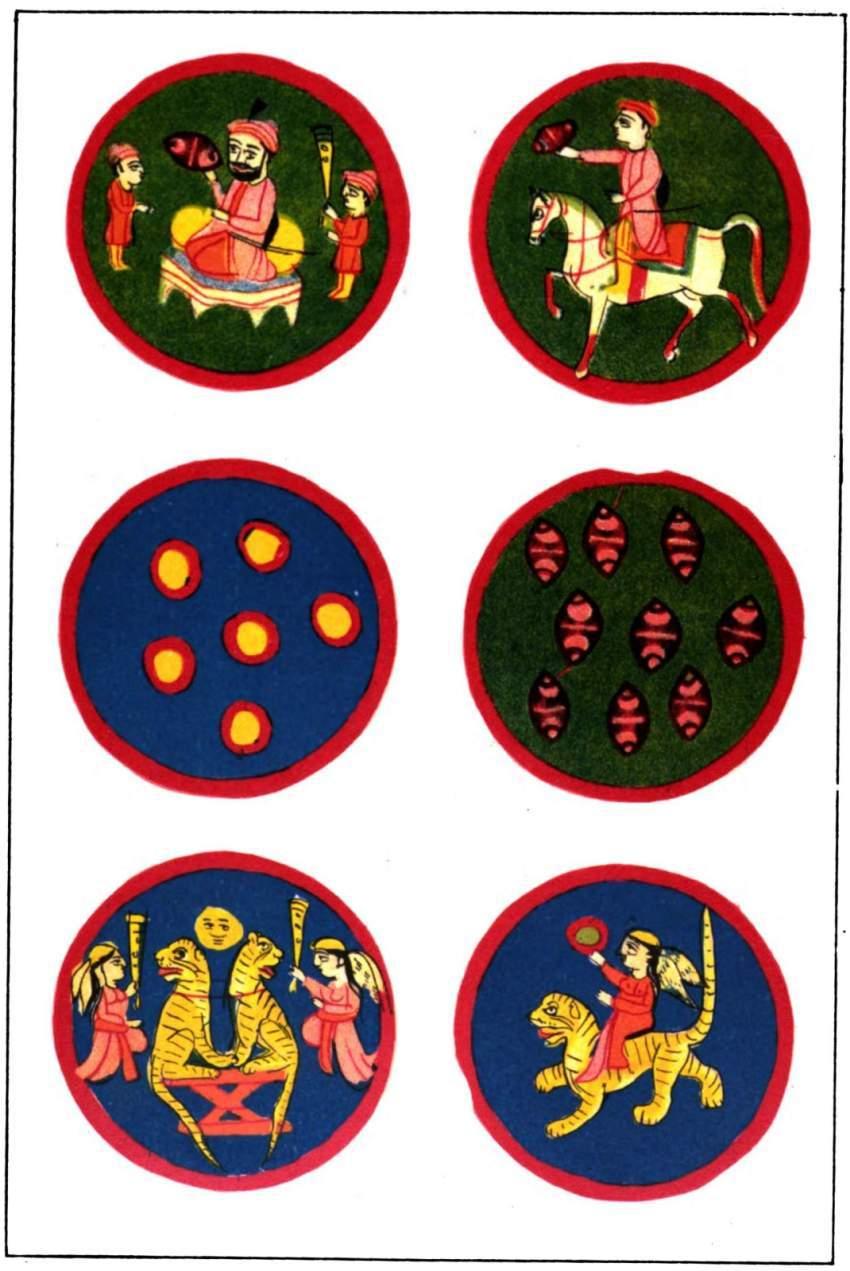
Plate 6.
The green suit bears emblems which recall the carreaux of the French cards, and are even more like one of the marks used by the Apache tribe of North American Indians by which to distinguish one of their suits. The diamond-shaped pip on the Cashmere cards is painted red and ornamented with stripes and dots of pink. The court cards show a Vizir on a white horse, bearing the pip in his right hand, and a Sultan attended by two slaves, who also carries the emblem of the suit.
These cards show little marks of use, and their surface is slightly sticky, so that they could not be conveniently either shuffled or dealt. It is probable that the pack is not complete, and that there should be more than the three suits that now compose it.


